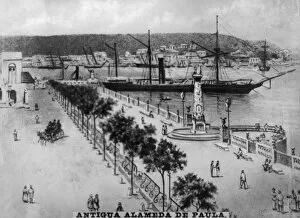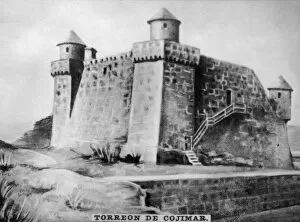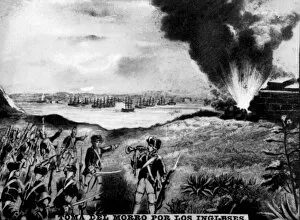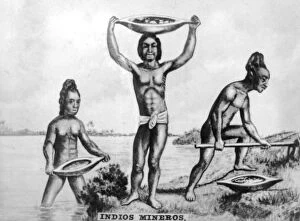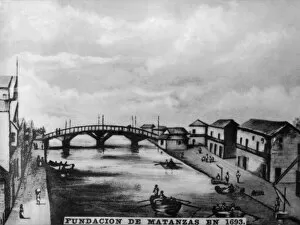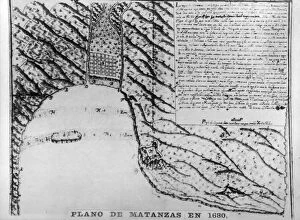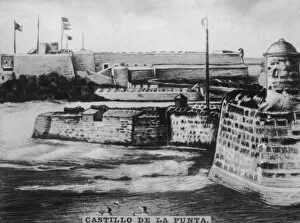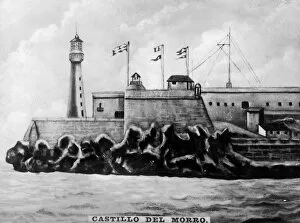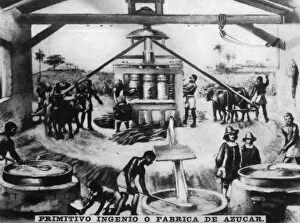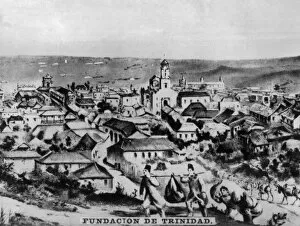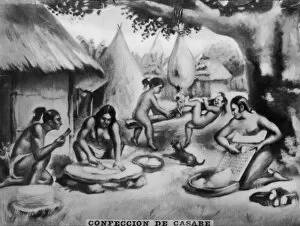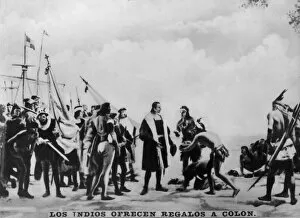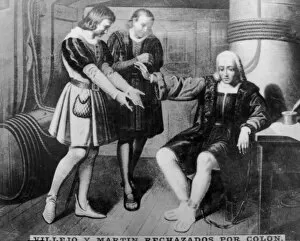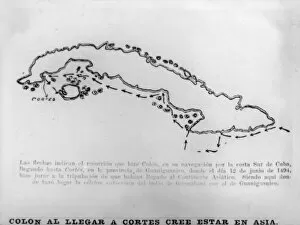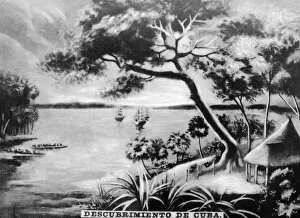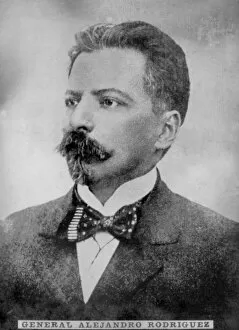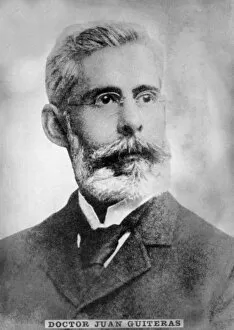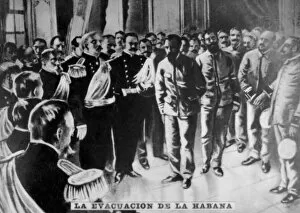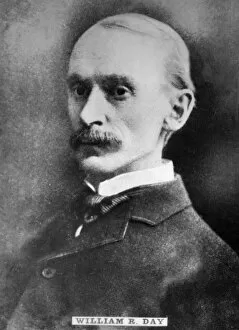North And Central America Collection (#5)
"Exploring the Rich Heritage and Natural Beauty of North and Central America" Discover the enchanting Oak Alley Plantation in Louisiana
For sale as Licensed Images
Choose your image, Select your licence and Download the media
"Exploring the Rich Heritage and Natural Beauty of North and Central America" Discover the enchanting Oak Alley Plantation in Louisiana, where history meets elegance with its colonial-style house. #LouisianaCharm #SouthernHospitality Immerse yourself in the breathtaking landscapes of Colorado as you witness an early snowfall near Aspen. Maroon Lake and Maroon Bells create a picture-perfect scene. #ColoradoBeauty #WinterWonderland Lose yourself in the scenic view of Kahena Coastline on Big Island, Hawaii - a true paradise on earth. Don't miss out on spotting majestic Green Sea Turtles along the shore. 🌴🐢#HawaiianEscape #Nature'sWonders Get ready for an adventure through Louisiana's swamp landscape in Breaux Bridge, where nature thrives amidst its mysterious beauty. 🌿🐊#SwampLife #LouisianaWilderness Step back in time to experience Cuba's traditional charm as you relax on rocking chairs in Vinales, surrounded by captivating Caribbean vibes and stunning vistas. #CubanTraditions #CaribbeanParadise Travel back to the Spanish-American War era with historical photographs capturing Cuban Headquarters at Daiquiri and scenes after Rough Riders Battle – relive moments that shaped our past. #HistoricalJourney #WarMemories Celebrate California's coastal allure with turquoise ocean waters adorned by floating seaweed along Big Sur coastline - a mesmerizing sight that will leave you breathless.






